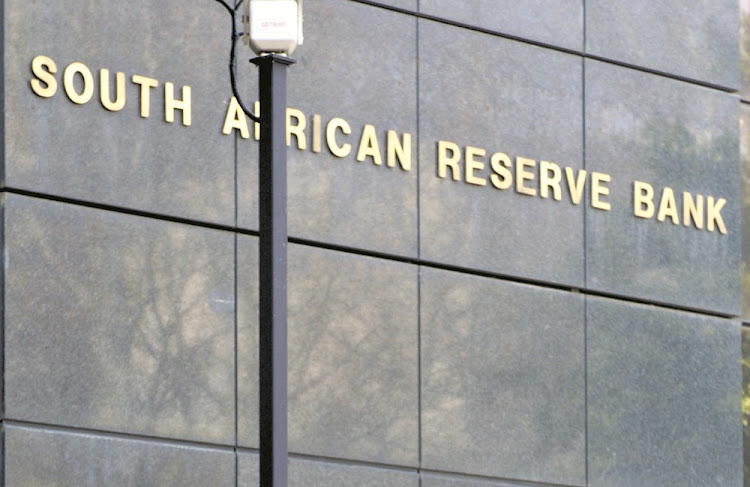Careful with that cure for inflation

Experimenting with unproven monetary policy ideas could spell social turmoil and economic disaster
Stats SA reported that annual inflation accelerated to 5.9% in March, just shy of the upper limit of the Reserve Bank’s target range. The Bank’s monetary policy committee forecast in March that inflation would average 6.2% — above the 3%-6% target range — in the second quarter before dropping back into the range thereafter. The recent trend in other countries has been upside surprises in inflation outcomes, which is affecting what central banks do even though they should care more about inflation expectations.
That inflation will exceed the target range in SA is now the consensus view. The drivers are common to all countries: high oil and food prices caused by the Ukraine war, and a general increase in inflation on the back of the Covid-19 disruptions to value chains. The latter still prevails, with rising Covid-19 infections in Shanghai and hard lockdowns.
In SA, we add rising electricity prices as a unique inflation driver. To briefly digress: municipalities use electricity as a major revenue source, with all sorts of charges unrelated to the production and distribution of power added to bolster their revenues.
The point I am making is that inflation is a personal issue. It is also a politically sensitive subject. To demonstrate this, the government took the decision — for the first time since the early 1990s — to cushion the effects of fuel price increases by reducing the fuel levy by R1.50/l until the end of May. To fund that, the strategic fuel reserves will be sold so it is revenue neutral to the national fiscus. The rising cost of living — inflation — forced the government to take that step.
It is not just an SA story. The government of the Netherlands implemented similar measures in March, raising the one-off energy allowance for poorer households, lowering VAT on energy from 21% to 9%, and cutting the excise duty on petrol and diesel by 21%. It also brought forward spending originally earmarked for 2026 to this year to fund the energy cost-saving measures. It was soaring inflation that forced the Dutch authorities to take these drastic steps.
SUPPLY SHORTAGES PUSH INFLATION TOWARDS TOP OF BANK’S TARGET BAND
CPI in March accelerates to 5.9%, while analysts say further tightening of interest rates is needed
A number of other countries have experienced protests against inflation recently, including Peru, Spain and the UK. History is replete with such examples with serious political implications, including the Arab Spring uprisings of the last decade, and the 1789 women’s march on Versailles, a significant event of the French Revolution. The IMF’s January World Economic Outlook warned of social unrest, especially in Sub-Saharan Africa, due to steep fuel and food price rises.
SA does not have the high levels of inflation we are seeing in the advanced economies — 8.5% in the US, 7.5% in the euro area and 6.2% in the UK (against a 2% inflation target). With the current monetary policy framework, it will take extraordinary shocks for SA inflation to be pushed completely out of target and out of control.
The real risk is that experimental monetary policy ideas that have not been proven anywhere in the world, such as modern monetary theory (MMT), whose theoretical foundations are yet to be established, will gain popularity. Mihir Sharma described in an article published by Bloomberg how Sri Lanka experimented with MMT, heedlessly printing money while banning the use of fertilisers (to promoting organic farming) and the import of food. Inflation went up to 19%, and the country warned it might default on its foreign debt. Protests flared.
The lesson here is that some ideas, like MMT, must not be implemented, or even promoted, until they have been proven, especially when the institutional arrangements are not ideal and the theory’s proponents have never worked on monetary policy nor done monetary policy research that has been peer-reviewed by global experts.
MMT’s cheerleaders may be able to convince some that they have discovered a panacea to our economic ills, but reckless implementation risks costing the country its social stability and sustainability.
